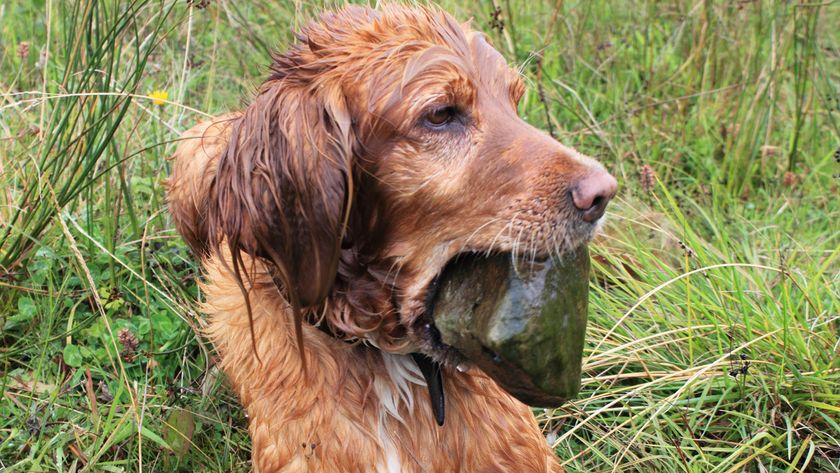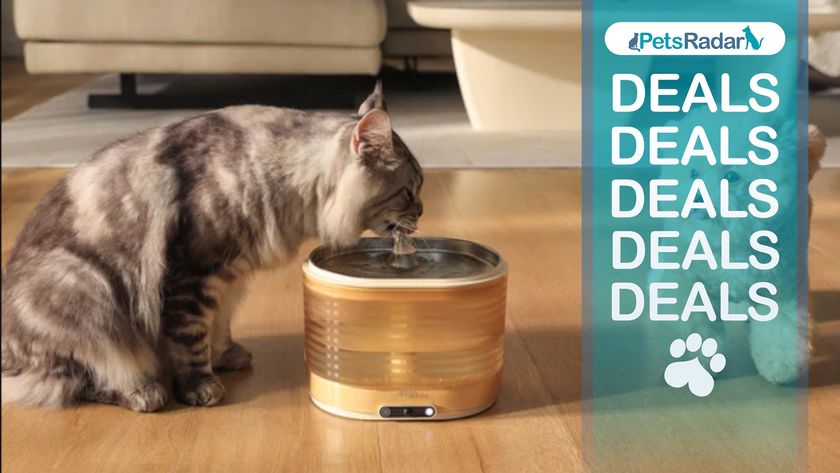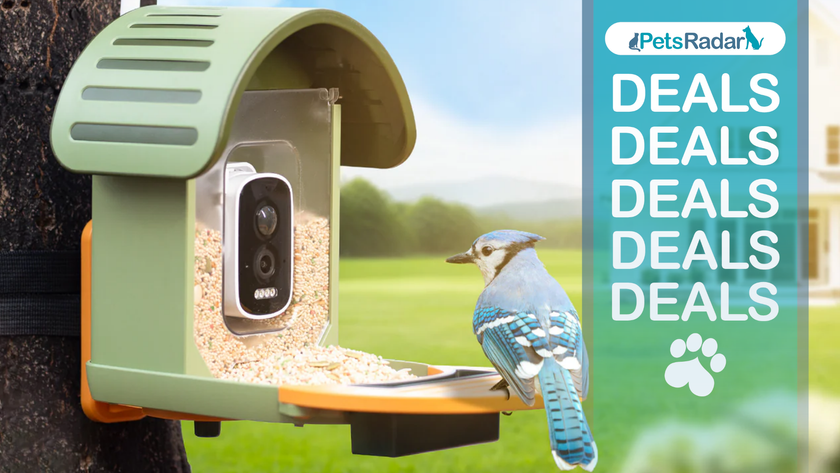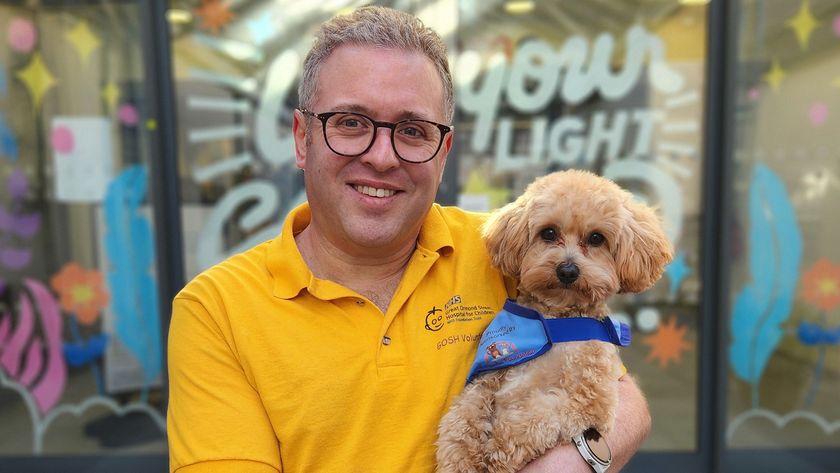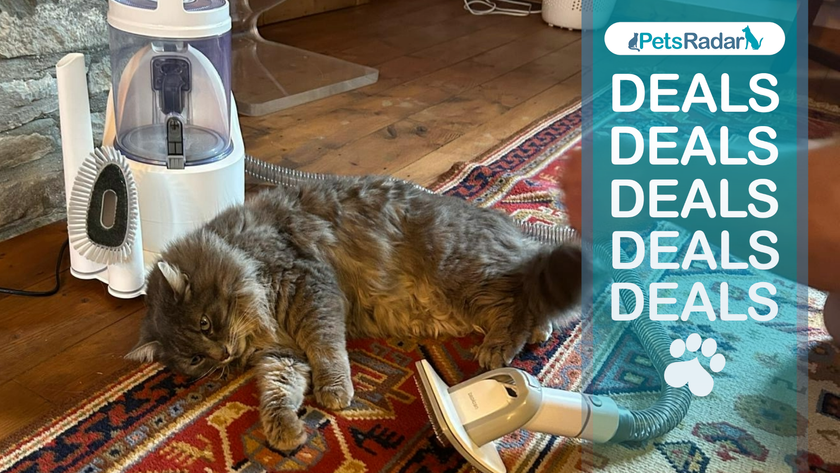Try these five trainer-approved tips for a better behaved dog
Looking for ways to improve your dog's behavior? These tips from a top trainer have got you covered

As pet parents, most of us are always on the lookout for tips that will help our dogs to behave better. Whether it's preventing them from jumping up on guests as they enter the house, getting them to walk nicely on their leash, or ensuring they sit when we ask them to - there's always a behavior or two that we'd like our dogs to be able to get better at.
While the longest lasting dog chews can certainly help increase our dog's desire to behave well by keeping them busy, there are times we're wanting our pup to do something simply because we've asked them to do it. That's where expert trainer Adam Spivey's easy-to-execute tips can come in handy.
According to Spivey, founder of Southend Dog Training, getting your dog to behave better needn't be difficult, it simply comes down to having a firm grasp of the basics and being patient and consistent with their execution. Here are five things he recommends you try if you want to see a fast and positive change in your pup's behavior and improve your relationship with them all at the same time.
A post shared by Southend Dog Training (@southenddogtraining)
A photo posted by on
1. Exercise your dog
"Exercise is so important. Letting your dog play with dogs everyday or running every day can cause issues," Spivey explains. At first, Spivey's comment surprised us, isn't letting our dog play with other dogs and run about to burn off energy a good thing? Well, as it turns out, not if that's the only form of exercise they're getting.
"Dogs need to explore, dogs need to think, dogs need to use that nose," says Spivey. "Dogs don’t need to be running constantly. Proper exercise is you incorporating some breed fulfilment or giving your dog a job. Proper exercise is your dog thinking, do some obedience. Proper exercise consists of physical and mental.
I’m not saying running is bad or playing with dogs is bad, but if it’s daily and adrenaline based, you will be conditioning an adrenaline junkie that can’t come down and needs more."
2. Put your dog in its bed after exercise
"Put your dog in their bed or crate after exercise," Spivey advises. "Many dogs struggle to switch off, so they keep going and going and going and develop anxiety-based issues, such as excessive barking, disruptive behavior, accidents in the house, and separation anxiety. Teach your dog the off switch. Do this after exercise and be consistent with this and your dog will be much happier and content."
PetsRadar Newsletter
Get the best advice, tips and top tech for your beloved Pets
3. Use an indoor training lead
"I cannot stress this strongly enough," says Spivey. "So many people lose control of their dogs in the home. They're allowed to pick up things, run away from them, jump up at guests, stuff like that. Use an indoor lead until your dog's trained."
4. Stick your dog in its bed when you're eating
"Stick your dog in its bed while you're eating - whether that's a snack or a full-blown dinner or whether that's dinner being prepared," Spivey advises. "This will teach your dog to be respectful and calm around food and this will help massively teach your dog how to behave - it's so beneficial."
5. Reward good behavior
"This is so easy but we don't do it - fuss your dog when it's doing something you like or ask," says Spivey. "If the dog jumps up and you stroke it, it's going to jump up. If your dog whines and you stroke it, it's going to whine to get a fuss. Only fuss your dog calmly when it's done something you ask or something you like."
If you're looking for fun and engaging ways to provide your dog with the physical and mental stimulation they need to thrive, be sure to check out these great games for puppies.

Kathryn is a freelance writer who has been a member of the PetsRadar family since it launched in 2020. Highly experienced in her field, she's driven by a desire to provide pet parents with accurate, timely, and informative content that enables them to provide their fur friends with everything they need to thrive. Kathryn works closely with vets and trainers to ensure all articles offer the most up-to-date information across a range of pet-related fields, from insights into health and behavior issues to tips on products and training. When she’s not busy crafting the perfect sentence for her features, buying guides and news pieces, she can be found hanging out with her family (which includes one super sassy cat), drinking copious amounts of Jasmine tea and reading all the books.

